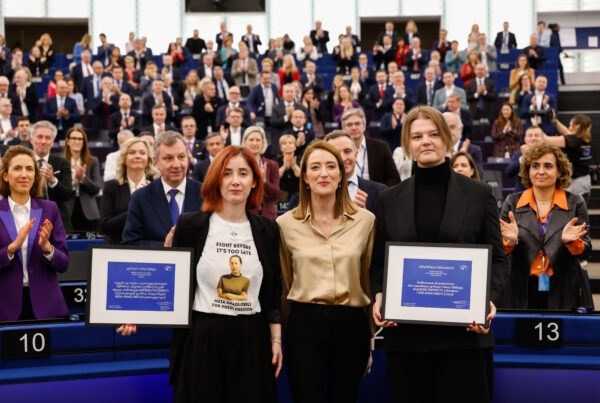Exploring the EU Gender Equality Strategy 2020–2025 and what it means for Europe’s local and regional governments
In a significant move for gender equality in Europe, the European Commission has adopted a new Gender Equality Strategy for 2020–2025. As the first high-level communication of its kind in years, this strategy sets out a clear ambition to achieve a Europe free from gender-based violence, stereotypes, and structural inequalities.
The Council of European Municipalities and Regions (CEMR) has conducted an in-depth analysis of the strategy, identifying its opportunities, shortcomings, and implications for local and regional governments.
Key developments and opportunities
The Commission’s strategy adopts a dual approach, combining targeted actions with systematic gender mainstreaming, and for the first time, takes an intersectional perspective. The strategy touches on six key areas, from violence prevention to women’s representation and gender equality in the workplace.
Local and regional governments stand to benefit from new funding and networking opportunities, particularly in the areas of gender-based violence prevention, childcare provision, care infrastructure, and women’s entrepreneurship. The establishment of an EU network for preventing domestic violence, EU-wide awareness campaigns, and future updates to childcare targets all offer a space for local actors to lead and share practices.
New investment and support opportunities through the European Social Fund Plus, Horizon Europe, and Common Agricultural Policy also provide avenues for local authorities to implement gender-sensitive services and policies.
Gaps and concerns
Despite these strengths, CEMR highlights areas where the strategy could go further. The role of local and regional governments is not sufficiently acknowledged, and the Commission misses the opportunity to reference the European Charter for Equality of Women and Men in Local Life, which has nearly 1,800 signatories across 36 countries.
Furthermore, while the strategy rightly focuses on gender balance in the private sector, political representation at the local and regional levels is underdeveloped. There is also no mention of violence against elected women, a critical issue that undermines women’s participation in democratic life.
CEMR’s key messages
CEMR puts forward several recommendations to strengthen the strategy and better support local authorities:
- Recognise local and regional governments as strategic partners in implementing, monitoring, and reporting on the strategy.
- Include the European Charter for Equality in the EU Platform for Diversity Charters.
- Address the underrepresentation of women in politics and promote initiatives supporting female political leadership at all levels.
- Strengthen protections for women in public life, particularly against gender-based violence and harassment.
- Improve data collection on women’s representation and leadership and fund new studies across all European countries.
- Support local gender equality initiatives through EU funding programmes, including the Charter and work on men and masculinities.
A call for greater collaboration
Local and regional governments are not only essential for implementing EU policy, but they are also drivers of innovation in equality. As the level of government closest to citizens, they play a unique role in translating ambition into action.
CEMR urges the European Commission to fully recognise and support this role in the implementation of the Gender Equality Strategy, ensuring local authorities have the tools and resources to build a truly inclusive Europe.
For more information, contact:

Director – Policy & Impact






